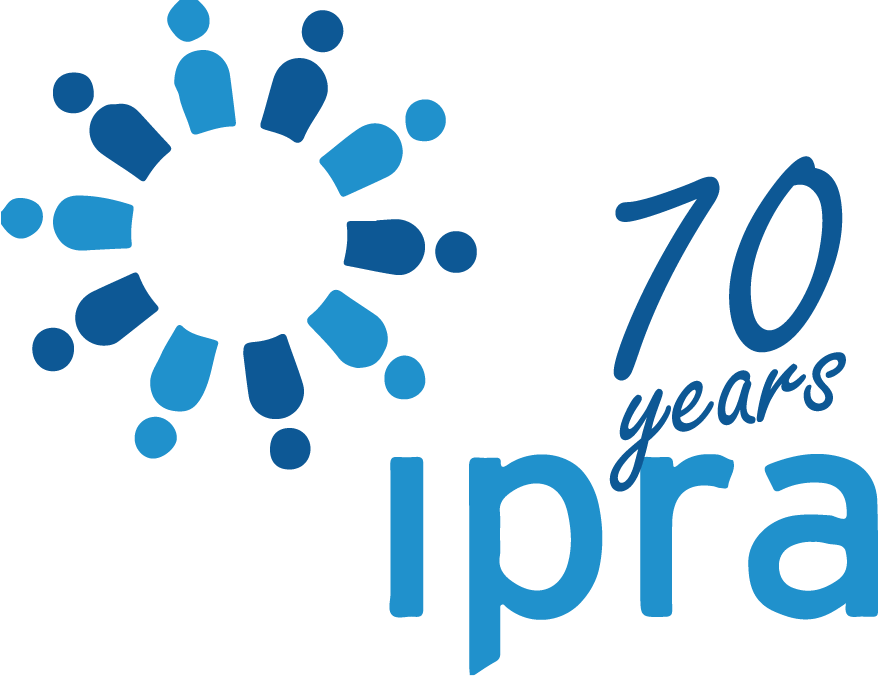ITL #625 We’re about to lose these “brats” for good: that’s a problem for PR
6 months, 2 weeks ago
The news cycle is moving faster than ever before and channels are shifting to appeal to younger generations. PR must rethink how to engage with journalists. By Ayelet Noff.
As digital behavior constantly shifts, younger users’ search habits have transformed social media into a space dominated by “brainrot humor” and the “rizz era,” where the way stories are told and consumed is drastically changing. While traditional media still plays a role, younger journalists are already ahead of the curve, reshaping the way stories are told and consumed.
This isn’t about a shift in platforms; it’s a shift in media culture. Failing to evolve and understand what makes content “rizz” with younger audiences, PR risks becoming just as irrelevant as the media platforms these journalists are leaving behind.
Meet journalists where they’re going
Journalists are moving away from X because of Elon Musk’s manipulation of the platform, while younger journalists and their audiences are moving away from traditional media. There’s a growing demand for channels that prioritize raw honesty and authenticity. People want to hear the truth, even if it’s ugly. They’re sick of political correctness.
As those who always need to monitor news and trends, PR professionals must follow the breadcrumbs to see where this exodus will lead. It’s our responsibility to find new avenues for opportunities on up-and-coming platforms.
Rather than relying on traditional outreach methods, we should actively observe where conversations are happening, trends are taking shape, and which platforms are growing popular amongst journalists. When you hear a new platform is gaining momentum, that’s your cue to set up an account and explore this different avenue. Don’t wait for all the journalists to get there, you should already be there before most of them. Whether it’s Bluesky, Threads, Substack, newsletters, LinkedIn, or Reddit, staying up to speed isn't an advantage, it’s a necessity.
Speak their language and make it stick
Tone is everything. Interactions with journalists should mimic a genuine conversation, not corporate talk. There’s no need for all of that industry jargon. Instead of a formal pitch like “We’re so proud to announce the launch of Dazzle an innovative AI-powered platform,” write: “Meet Dazzle: The AI tool that helps PR pros ditch the busywork and build real connections with journalists.”
Referencing pop culture and social trends isn’t a new strategy. PR has always inserted itself into the news cycle by leveraging cultural relevance, and that’s not changing any time soon. Some of the most powerful PR outreaches have been built around a cultural moment, whether it be centered on pop culture news, a political movement, or a viral TikTok video. These trends come and go so it isn’t only about recognizing them, but acting quickly. News cycles are moving faster than ever and PR must keep up.
Leverage snackable content
Journalists like to consume information the same way their audience does, in bite-size pieces. A factual document doesn’t mean it has to be all rigor and no fun. We may not be social media experts, but we should try to provide snapshots of news that can quickly entice journalists. These snapshots should help reporters envision the title of their article and how to approach their write-up.
PR pros should embrace TikTok-like snappy content that is short and visually compelling to capture the journalist's attention. According to Pew Research, 52% of TikTok users use the app for news. Being long-winded won’t get us anywhere. Embrace the visual appeal – whether through short-form videos, GIFs, or TikToks. For example, instead of explaining what your client is launching in an overly lengthy email, drop a link to a short demo video instead. No, not sharing everything. Highlight what's important, and keep it 60 seconds or less. PR pros can better engage journalists and make their pitches stand out in an ever-crowded media space by following the “less is more” mantra.
Journalists need real experts as misinformation brews
As misinformation and trust issues dominate the media landscape, PR has the unique opportunity to provide journalists with expert sources offering clarity and credibility. The human voice is what really matters and adds more depth to reporting.
Journalists are under so much pressure to get things published quickly, which makes trusted sources more valuable than ever. PR professionals provide the voices that add real substance to a story and deliver credibility to halt misinformation from filling in the gaps. They do this by connecting journalists with industry leaders and vetted experts who provide invaluable insights to the journalists work. A quote from a well-respected sustainability expert or an AI guru is far more valuable than pulling insights from secondhand sources. Journalists need firsthand expertise.
Keeping up with the next generation
Failing to meet this demand for authenticity in the media will come with consequences. PR professionals who don’t adapt to the “rizz” culture will lose access to the next generation of journalists and audiences. Younger journalists aren’t just looking for new platforms, they’re actively leaving the ones they no longer trust.
Staying ahead is not only about embracing new platforms but understanding why people are leaving them in the first place. Whether it be because they’re tired of Musk or need snappier content. By leaning into transparency and real human connection, PR pros’ pitches will stay relevant and avoid becoming obsolete in a constantly changing media landscape.

The Author
Ayelet Noff
Ayelet Noff is the CEO and Founder of SlicedBrand, one of the world's leading global tech PR agencies. She is also the CEO and Co-Founder of Dazzle, the AI search agent that matches PR pros’ stories with the right journalists and outlets in real time, making their workflows quicker and more efficient than ever before.
mail the authorvisit the author's website
Forward, Post, Comment | #IpraITL
We are keen for our IPRA Thought Leadership essays to stimulate debate. With that objective in mind, we encourage readers to participate in and facilitate discussion. Please forward essay links to your industry contacts, post them to blogs, websites and social networking sites and above all give us your feedback via forums such as IPRA’s LinkedIn group. A new ITL essay is published on the IPRA website every week. Prospective ITL essay contributors should send a short synopsis to IPRA head of editorial content Rob Gray emailShare on Twitter Share on Facebook

